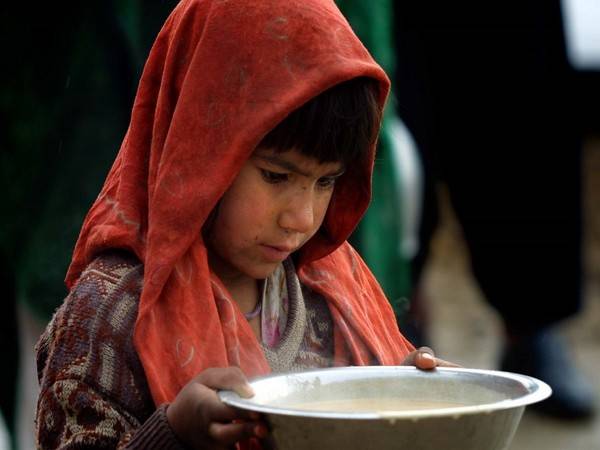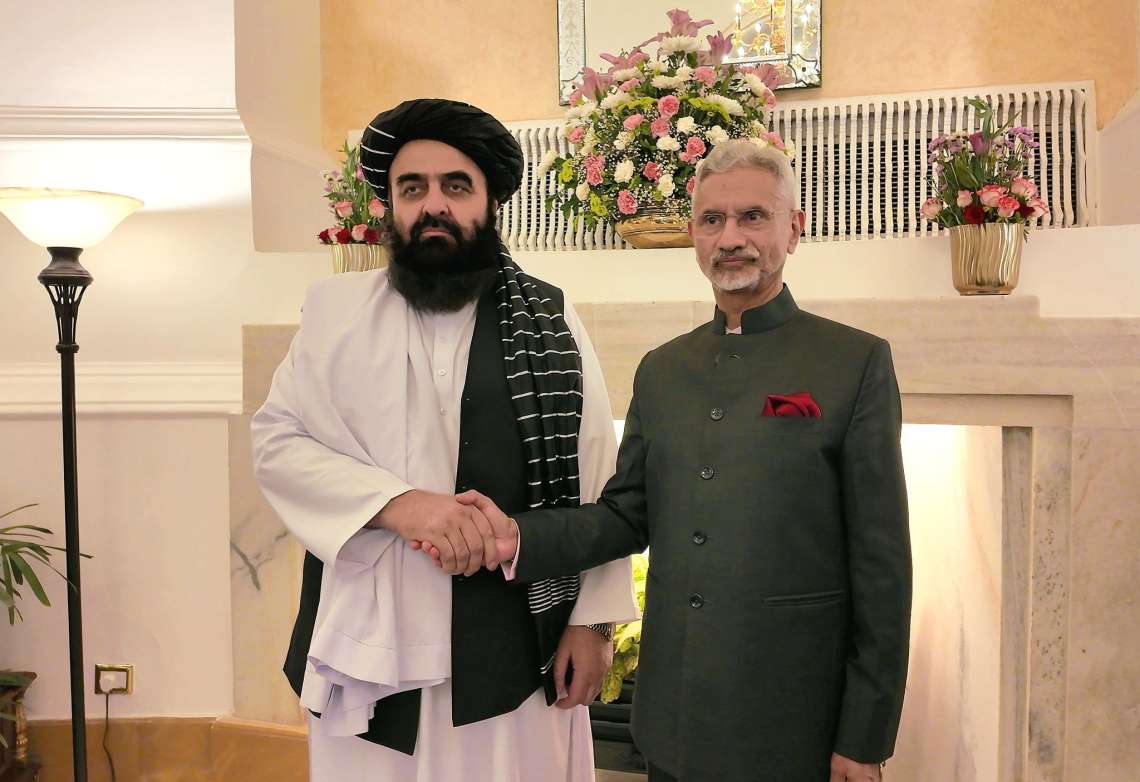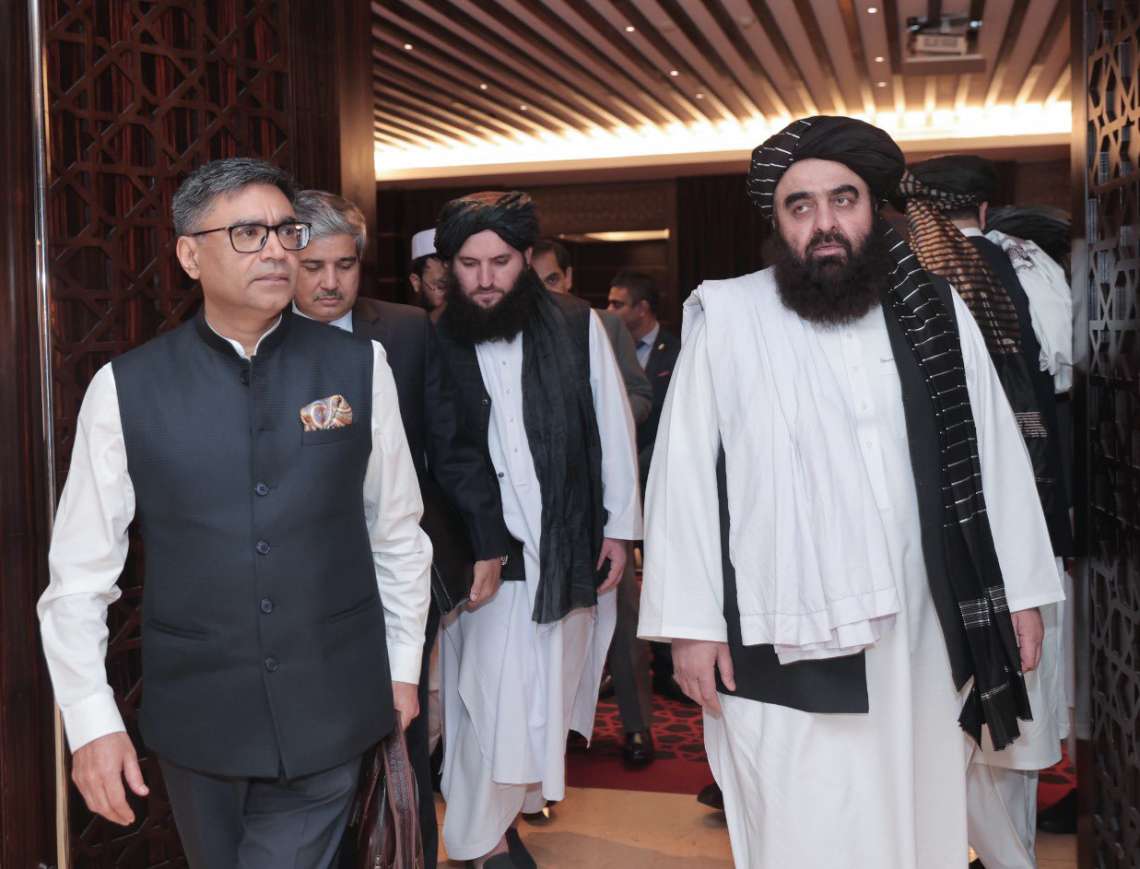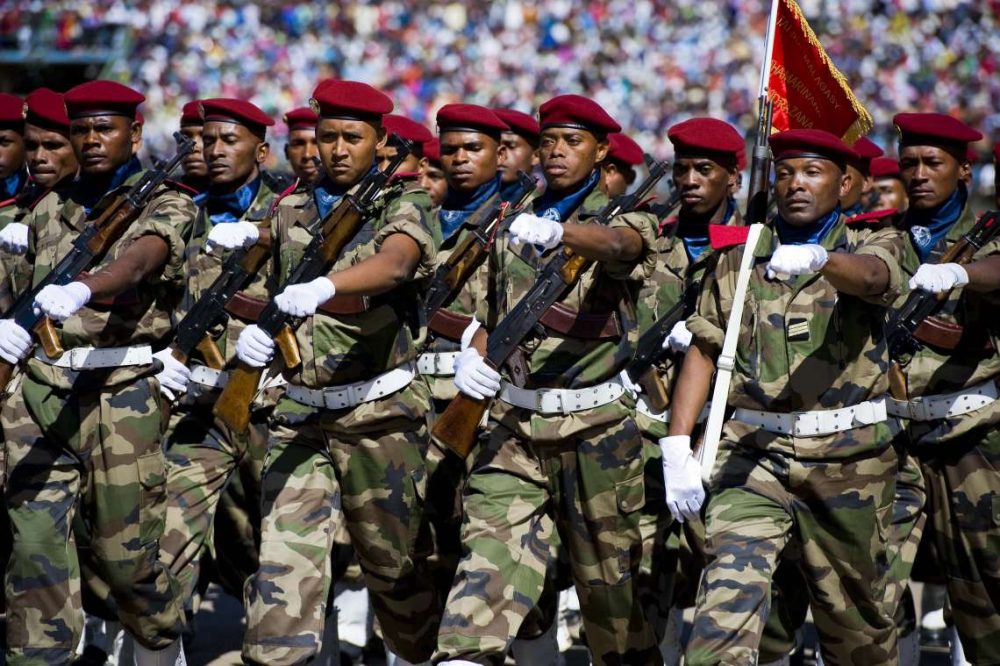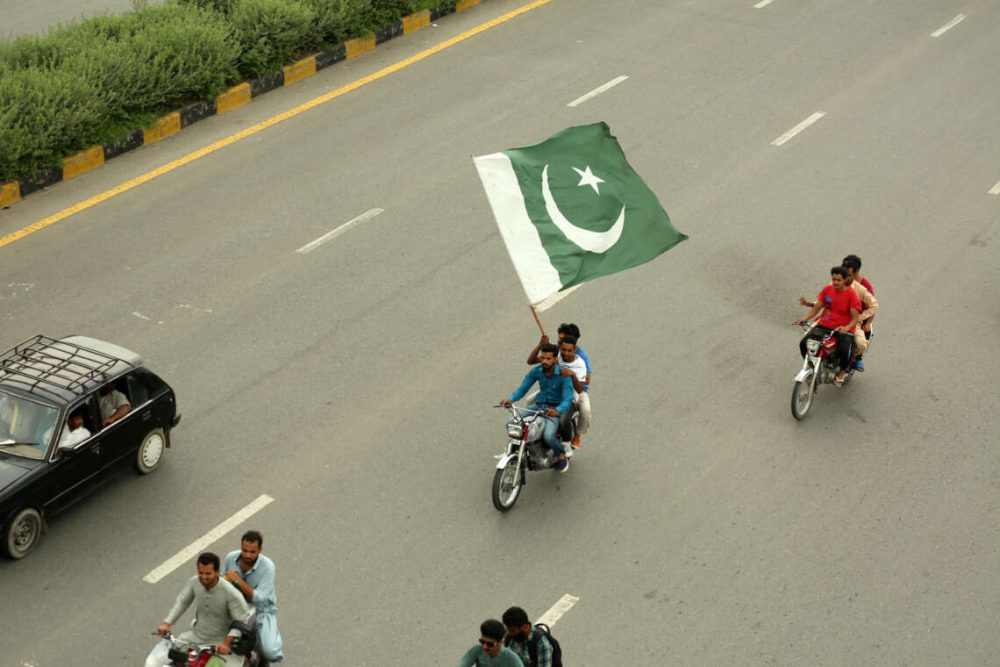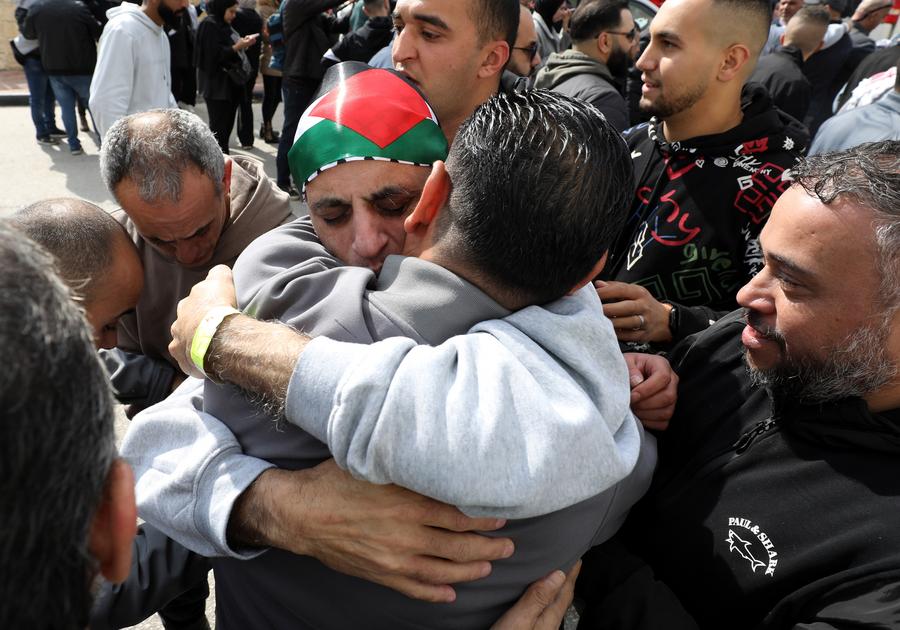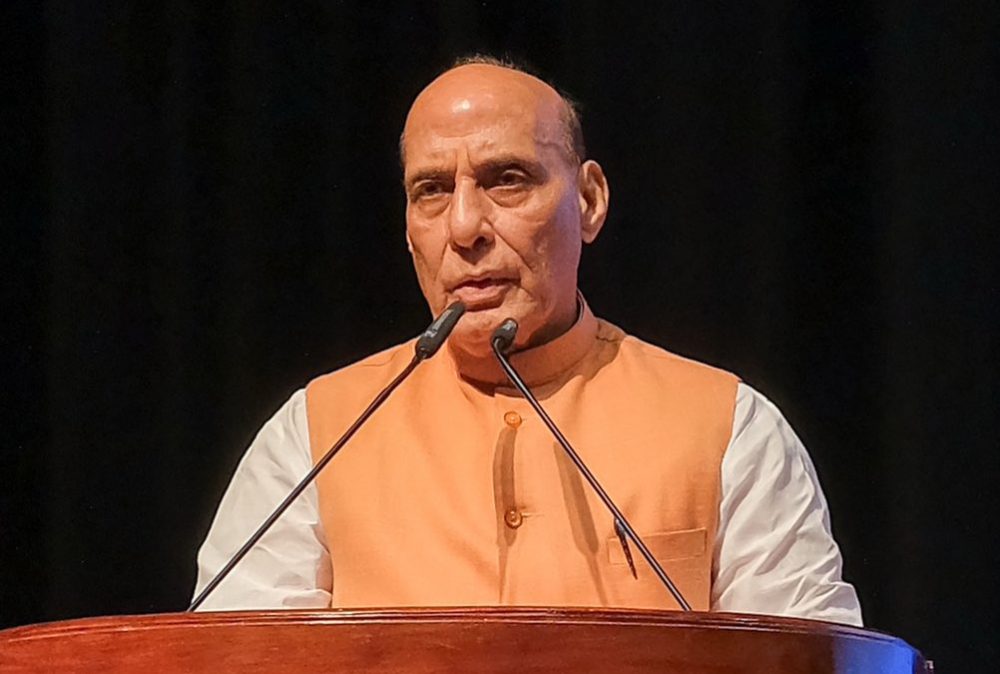Taliban’s take over Afghanistan has stirred a humanitarian crisis in the country….reports Asian Lite News
The number of Afghan child labourers in Iran has surged 20 times since the Taliban assumed control of Afghanistan on 15 August 2021, claimed human rights activists cited by Iranian media.
On account of the World Day against Child Labour on June 12, Fatah Ahmadi, Iran’s deputy minister of justice for human rights and international affairs issued an alert against the Taliban presence in the country allegedly causing uncertainties for Afghan families and fuelling the perils of child labour in Iran, reported Khaama Press.
Ahmadi, as quoted by the Islamic Republic of Iran’s News Agency (IRNA) claimed that the Taliban’s control over Afghanistan had compelled several families to migrate to Iran with their children, where they are being recruited as labourers.
Taliban’s take over Afghanistan has stirred a humanitarian crisis in the country.
Several labour resources, industries, and public and private business companies ceased to exist resulting in poverty, inflation, and an increase in the number of drought-stricken people, reported the Afghani Khaama Press News Agency, claiming that presently, more than half of Afghanistan’s population is unsure where they will get their next meal from.
Despite the fact that the number of working children in Afghanistan has increased since the Taliban took power, the group has not responded to the upsurge of Afghan working children in Iran yet, claimed the agency.
Meanwhile, the International Federation of Red Cross and Red Crescent Societies (IFRC) has warned that Afghanistan was currently experiencing the “worst humanitarian crisis on Earth”, adding that it needed about $82 million to further scale up response in the war-torn nation.
In its latest update on Thursday, the Red Cross said that more than half of Afghanistan’s total population required immediate humanitarian assistance.
“The country is experiencing the compounding effects of decades of conflict, severe drought, food insecurity, climate-related disasters, displacement and gaps in health services,” it said.
The IFRC suggested that Afghanistan is in the midst of the biggest and the “worst humanitarian crisis on Earth”, with about 20 million people facing food insecurity.
It said that intense summer heat and a weak spring rainy season have effectively spelt doom for a meaningful harvest in the country.
Amidst mounting poverty, 70 per cent of households are unable to meet basic food and non-food needs, with particularly devastating effects for homes headed by widows, the elderly, people with disabilities, and children.
An estimated 3 million children are at risk of malnutrition and susceptible to diseases such as acute watery diarrhoea and measles due to weakened immunity.
Thousands of people have resorted to begging in the streets, with prices of essential items soaring in the face of declining remittances, a crumbling economy and rising poverty.
Mohammad Nabi Burhan, Secretary General of Afghan Red Crescent, said: “This is one of the worst humanitarian crises I have seen in Afghanistan, in more than 30 years as a humanitarian aid worker. It is horrifying to see the extent of hunger and resurgence of poverty that we have fought so hard to eradicate.”


